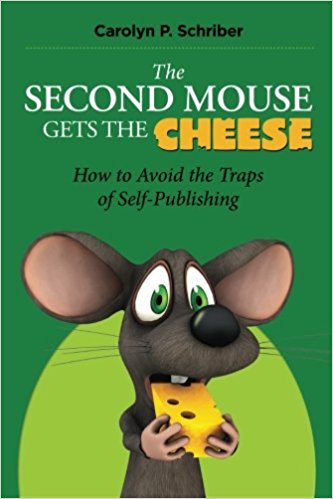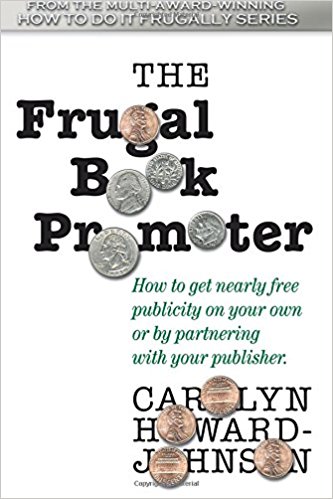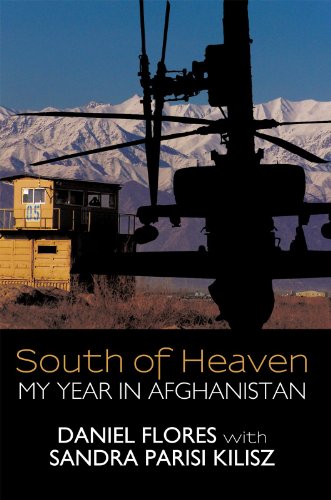MWSA Review
The author's theme in this book is that God's hand was manifest in The American Revolution. He presents his case with a detailed array of facts and circumstances concerning the battles, the generals, the men and the founding fathers of the Revolution. In brief biological sketches he describes Adams, Jefferson, Franklin, Witherspoon and Madison as men of strong spirituality, though some of them were non-sectarian in their beliefs, choosing a type of deism over any one faith. To Mr. Spivey, it was only by the grace of God that men of such brilliance, courage and strength of character were bestowed upon the colonies---all coming together to conceptualize the American revolutionary experiment and then implement it. He takes it a step further by describing George Washington as the perfect man to serve as Commander-in-Chief of the Continental Army and that his being on the scene and available at the right place and time was an act of providence rather than luck. So too was God's hand present in the major battles of the Revolutionary War, argues Spivey, otherwise one cannot logically explain how George Washington could possibly have held his rag- tag army together to produce a resounding victory at Boston Harbor against the numerically superior, better trained and better equipped British forces. Washington's forces always seemed to be in grave peril and on the brink of collapse, only to snare victory from defeat at places like Boston, Trenton and Princeton, which according to the author could never have happened without divine intervention. That Washington's Army, under siege at Brooklyn Heights, could have escaped across the East River, like the British Army at Dunkirk did two centuries later, could not have come to pass without God's help. Whether one accepts Mr. Spivey's premise or not, Miracles of The American Revolution is an historically accurate, entertaining, thorough and well-written work of non-fiction.
Reviewed by: Donald Farinacci (2012)
Author's Synopsis
This provocative account of the American Revolution offers historical evidence that the hand of God was at work during the pivotal era of America s founding. Author Larkin Spivey, a respected military historian, shows how a series of remarkable and miraculous occurrences laid the foundations for the Republic. With compelling facts and interpretations, this portrait of early America is both amazing and uplifting.




















